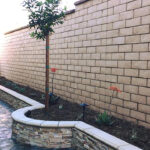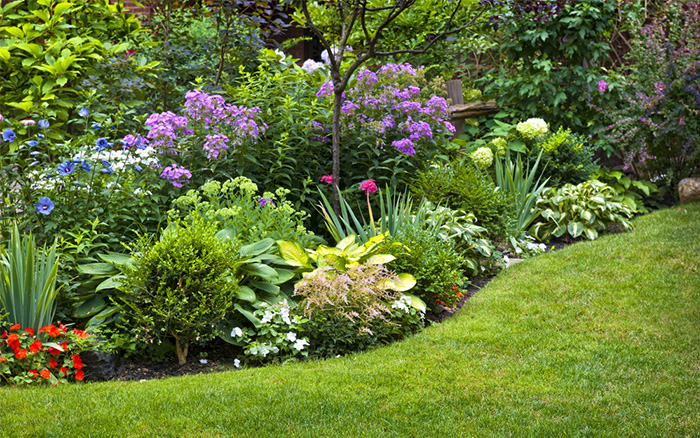Landscaping Tips
Soil quality and preparation are required steps in planting grass seed for a completely new lawn. Begin by taking out the existing vegetation. Use a non-selective herbicide like gylphosphate (Round-Up) to get rid of weeds that can be growing. The weeds mustn’t be moisture stressed while they are sprayed because surprisingly, a green, healthy, growing weed will die more quickly right after a herbicide application over a dry and stressed weed. Let herbicide dry on the weeds leaves for nor less than twelve hours.
After existing vegetation is taken away, dig into the soil and obtain a feel to the texture of your soil and it’s particles. Is it mostly sandy, loamy, or very fine, or even clay like? Sandy soils drain quickly and also have good root growth. Clay soils are likely to drain poorly and become compacted. Soils which have 50-60% sand and smaller particles are best for a lawn. It’s much simpler to incorporate fine soils to coarse sandy soils instead of adding large volumes of sand to dense clay soils.
Most soils are usually more easily modified by adding organic matter like plant parts, shredded bark,compost, horse or cattle manure. To properly add organic matter, perform the following:
Wet soil and let drain for two days.
Roto-till soil as deep as you can.
Wet soil again and let drain for another two days.
Roto-till again.
Add organic matter and grass fertilizer on top of tilled soil.
Roto-till again as deep as possible.
Throughout this process make sure to continuously pull any new weeds that emerge and pick up any big rocks or debris that come up.
You then need to level the soil as best as you possibly can. The new soil really should settle naturally, otherwise you can accelerate the process with the addition of more water. Then rake the soil so it has small groves within it. Guess what? You are now are ready for planting grass seed, but there are several grass seed types and make certain you select the one that fits your specific region. Apply 1/2 of grass seed in one direction to the soil using a spreader. Then put the other 1/2 of the seed in the other direction. Lightly rake the seed in and roll the soil lightly with a roller.
If sod is installed, repeat exactly the same steps previously mentioned and make certain the soil is firm enough that the grass sod isn’t going to sink in after its stepped onto. After sod is installed, roll it using a roller in 2 directions and water it twice daily until it roots. When grass sod is unable to be grabbed by grasping it with your hand, it’s rooted.










